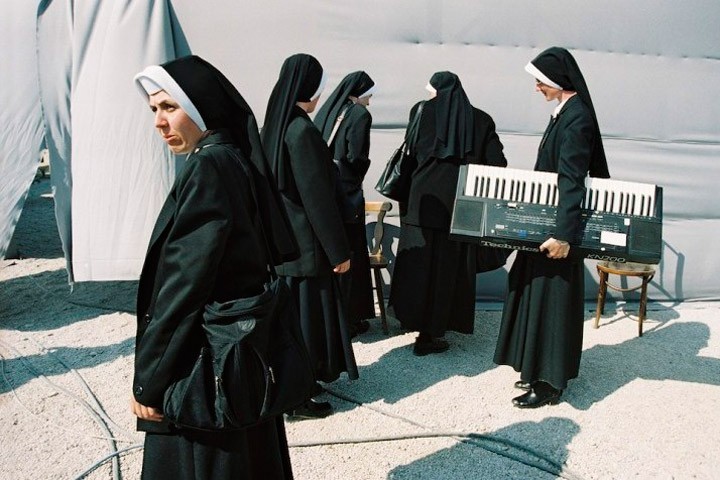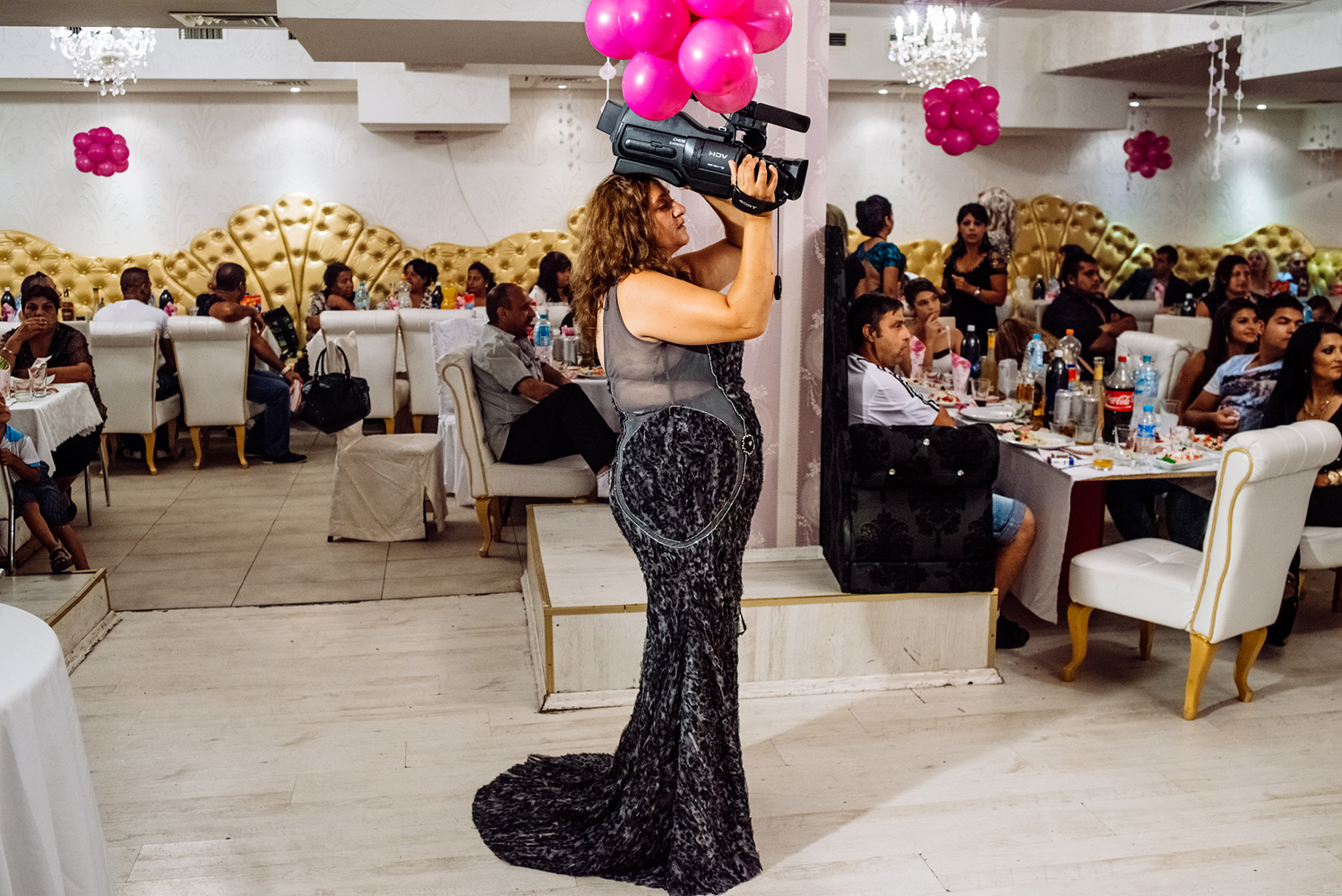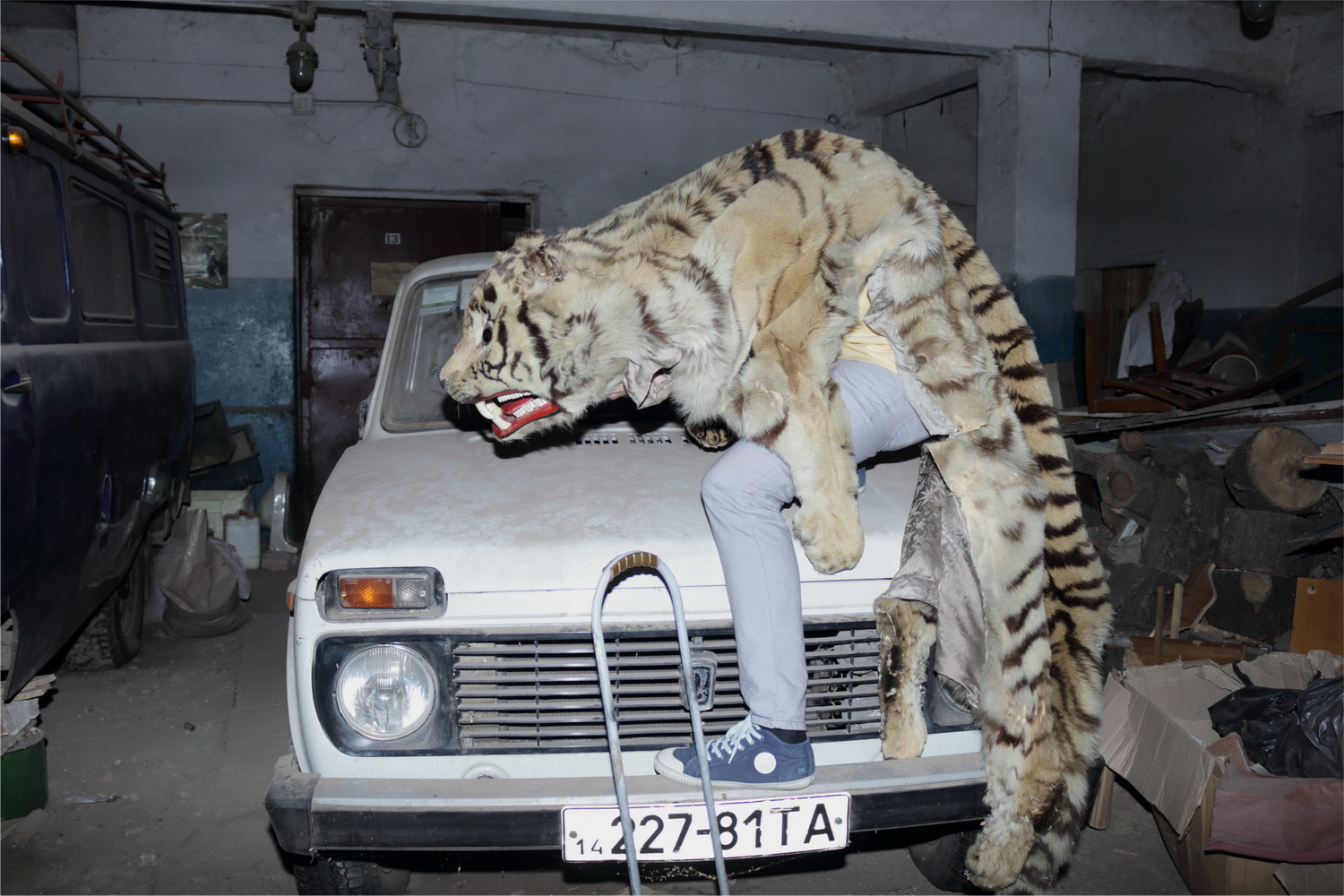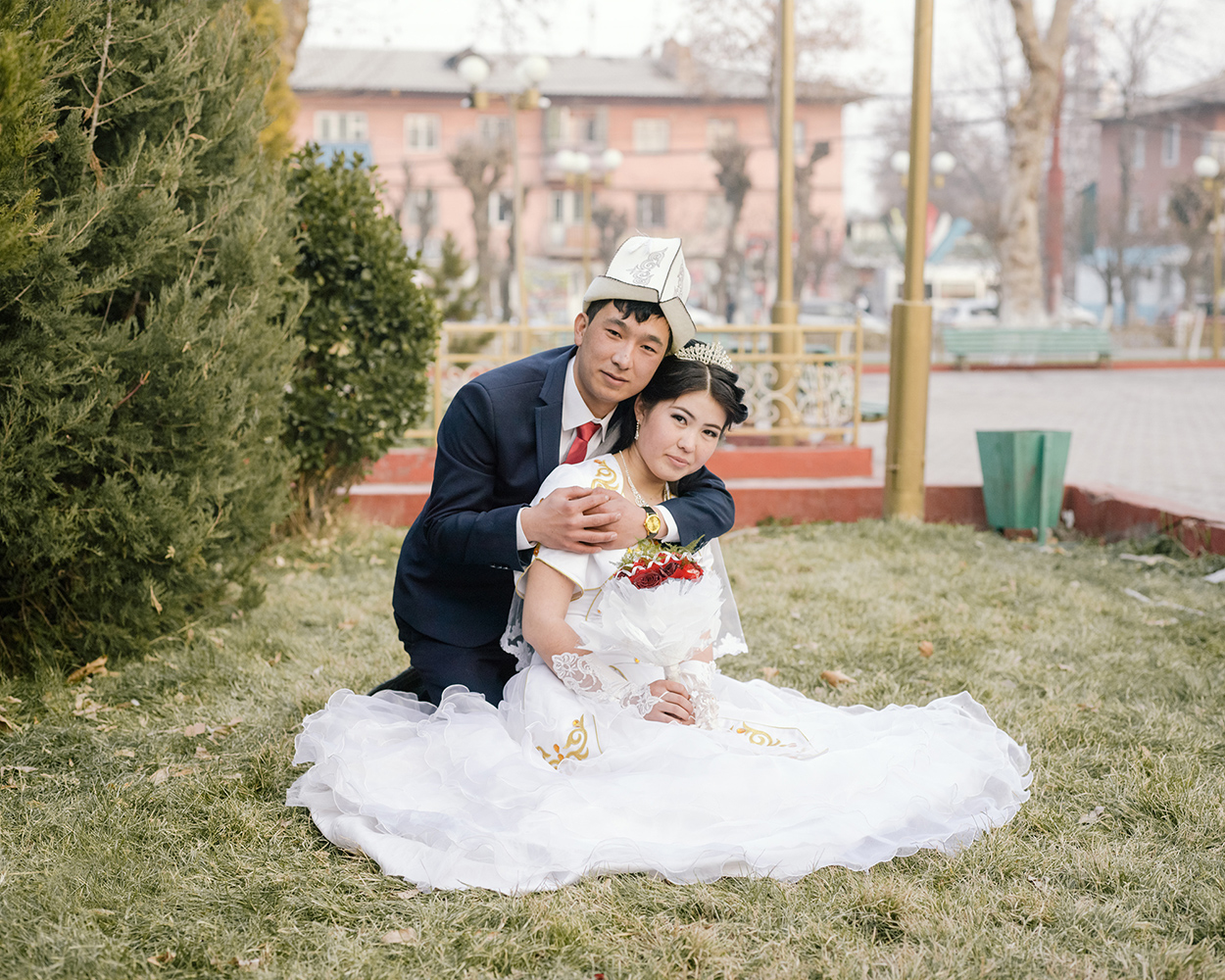
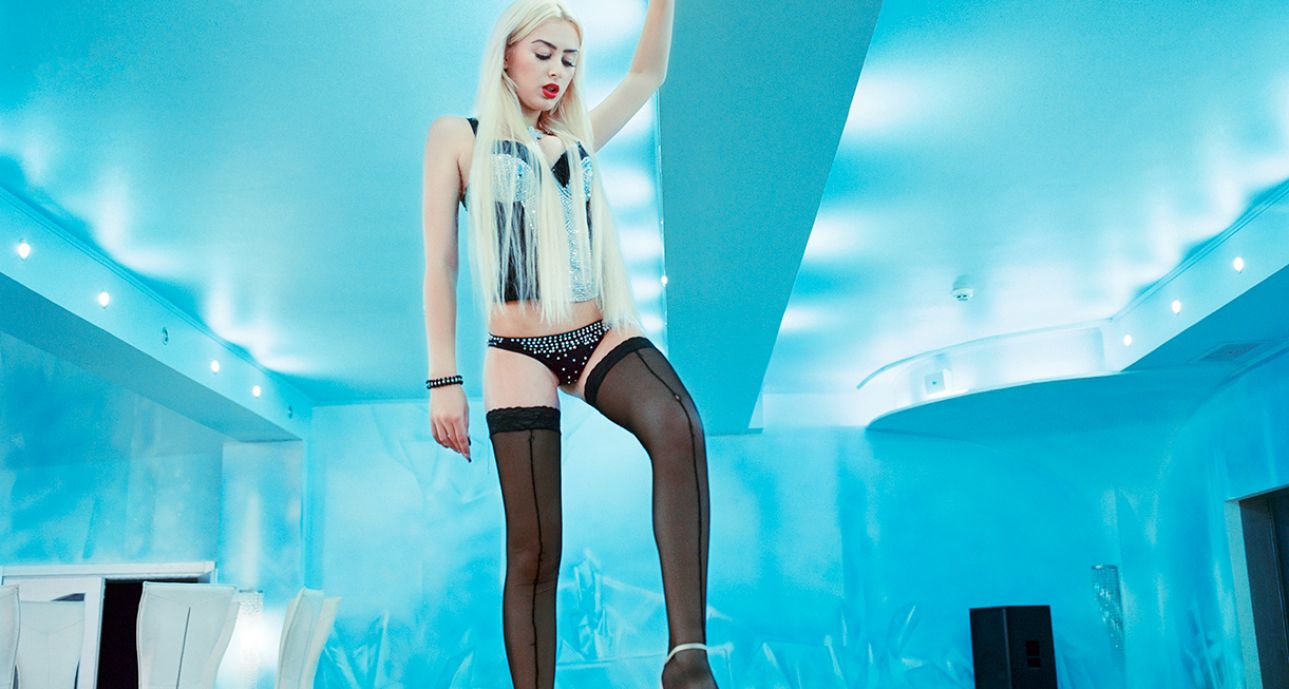
New East Photo Prize: Tinsel and Blue by Sasha Rudensky
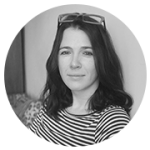
American photographer, teaches photography at Wesleyan University (Middletown, Connecticut). Born in Russia, moved to US 10 years ago. In 2008 received an MA in Photography from Yale University. Author of such projects as Brightness, Eastern Eve and Remains, created in Ukraine and Russia. Rudensky’s photographs were exhibited during solo and group exhibitions in New York, London, Rome, Hong Kong, St. Petersburg, and published in the media, including PDN Magazine, American Photo and Esquirе.
— I began photographing in high school for a rather circumstantial reason. My boyfriend was into it. But even as a sixteen-year-old, I recognised photography almost immediately as a language that was uniquely suited to express what I hadn’t been able to articulate in a conscious way up to that point. I attended an elite prep school in Seattle, where as a Russian immigrant from a family of modest means, I was socially isolated and had difficulty relating to my peers. The camera allowed me to be an outsider and an observer without the social stigma and the darkroom became the place where I spent most of my free time.
In retrospect, I link my gravitation towards art to the fact that I moved to the US speaking essentially no English, which meant that most of the processing of my new surroundings happened visually, and my earliest impressions of America were about colour, signage, and quality of light. Maybe it is too neat as an origin story. But, even twenty years later, my photographic interests are intrinsically tied to those early days as a mute ten-year-old living a double life, trying to blend in, enacting an identity that was not quite hers.
Put broadly, I am fascinated by the space created by the mismatch of private life and public persona, the gap between façade and interior, the effort to transcend and transform immediate surroundings both personally and politically. Finally, and maybe this is cultural imprinting, I am interested in failure and dissolution. All of this lends itself very well to photographing in the post-Soviet space.
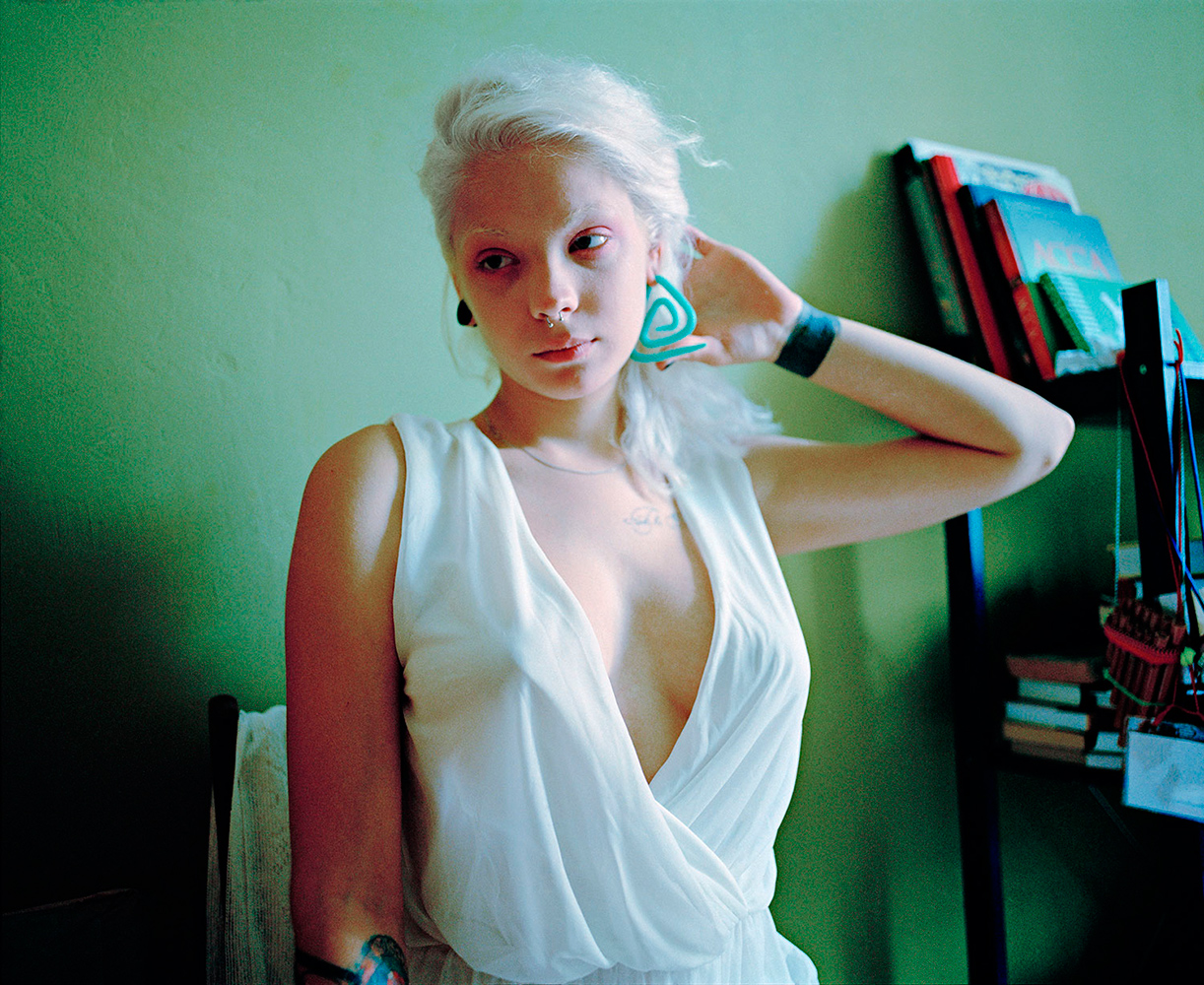
The first time I returned to Russia to photograph I was working on my undergraduate thesis and made a black and white body of work shot in the traditional banya (a Russian bathhouse). Though the project had a very different look, unconsciously I must have anticipated the later themes of Tinsel and Blue. The connection between the individual and the choreography of gesture and posture in a place of physical vulnerability remains the activating ingredient in my more mature work.
Of course, in Tinsel and Blue there are more pieces in play; that body of work took six years to complete, developed gradually over that time, and was heavily influenced by political and social changes that fundamentally altered history and self-perception in Russia and Ukraine — Maidan and Crimea being most noteworthy. However, I have never been interested in dealing with the big picture head-on, always finding private experience and personal vantage point to be more revealing, and as a result more poignant.
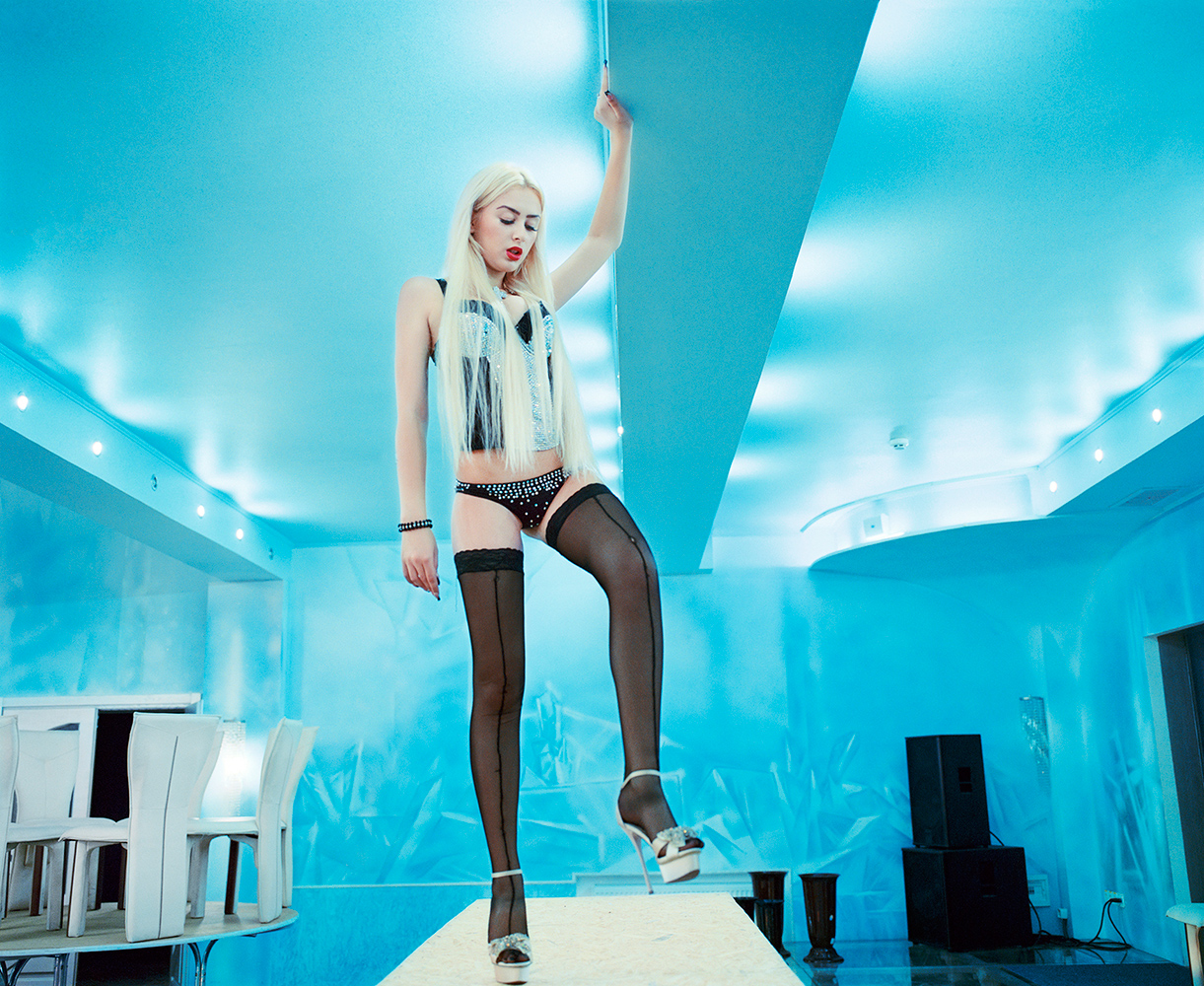

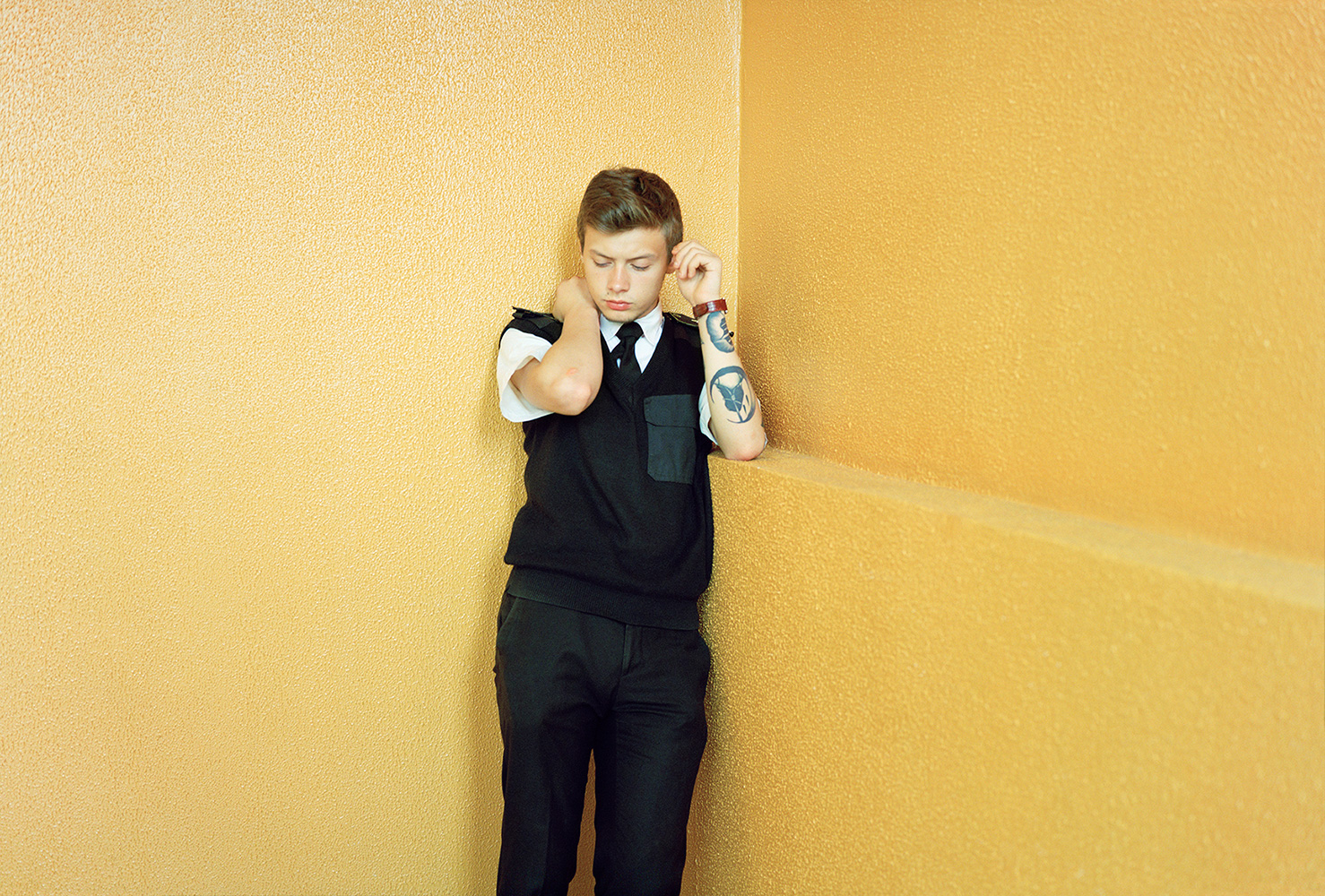


Part of what I am accessing when I take photographs in eastern Europe are the imagined and missing pieces of my own experience, a life I would have led had I not hopped on a plane and gone off to America. That perspective, of simultaneous astonishment and recognition, of being an outsider with inside knowledge, is part of what has brought me back for all these years and has contributed to my development as an artist.
When I began work on Tinsel and Blue it was meant to be an antidote or a response to my previous, more elegiac project Remains. Shot over a course of a year when I was living in Russia on a grant, Remains was a lyrical take on what I saw as an end of an era and by extension a meditation on my own Soviet childhood. That was my first work shot in colour, and it was just as much a search for a new way of seeing as it was about coming to terms with an idea of a past that was no longer accurate.
I began my work on Tinsel and Blue after graduate school, having been educated and also ravaged by two gruelling years of questioning everything, from my own ability to the camera I used. My ideas about my approach to picture making, the arc of my career, and really my identity as an artist felt shaken up, and I instinctively retreated back to the place where I felt safe and productive. I wanted to make work in the present tense and engage with people directly, using an approach that felt fresh and distinct from the kind of work that was being made in the east.
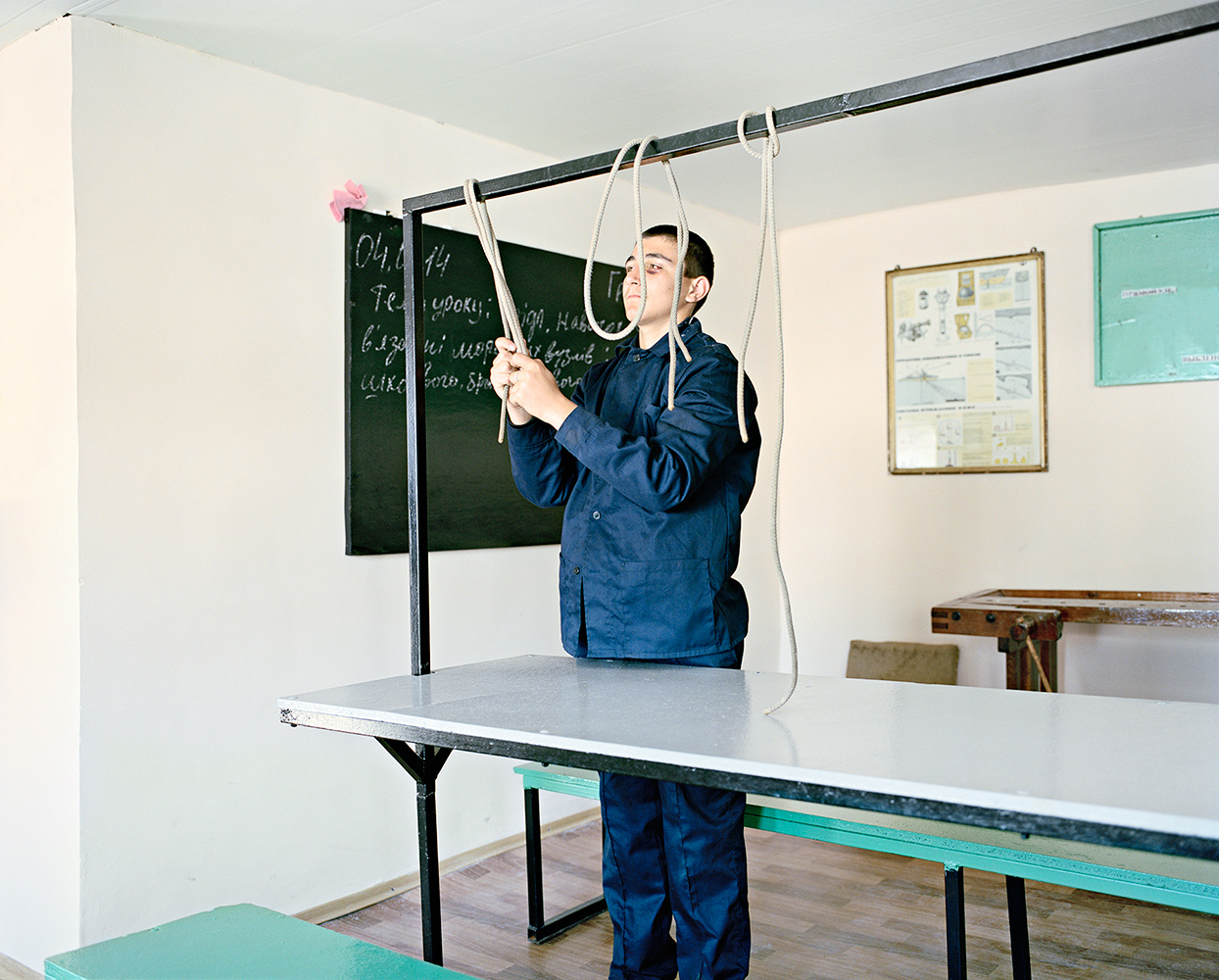
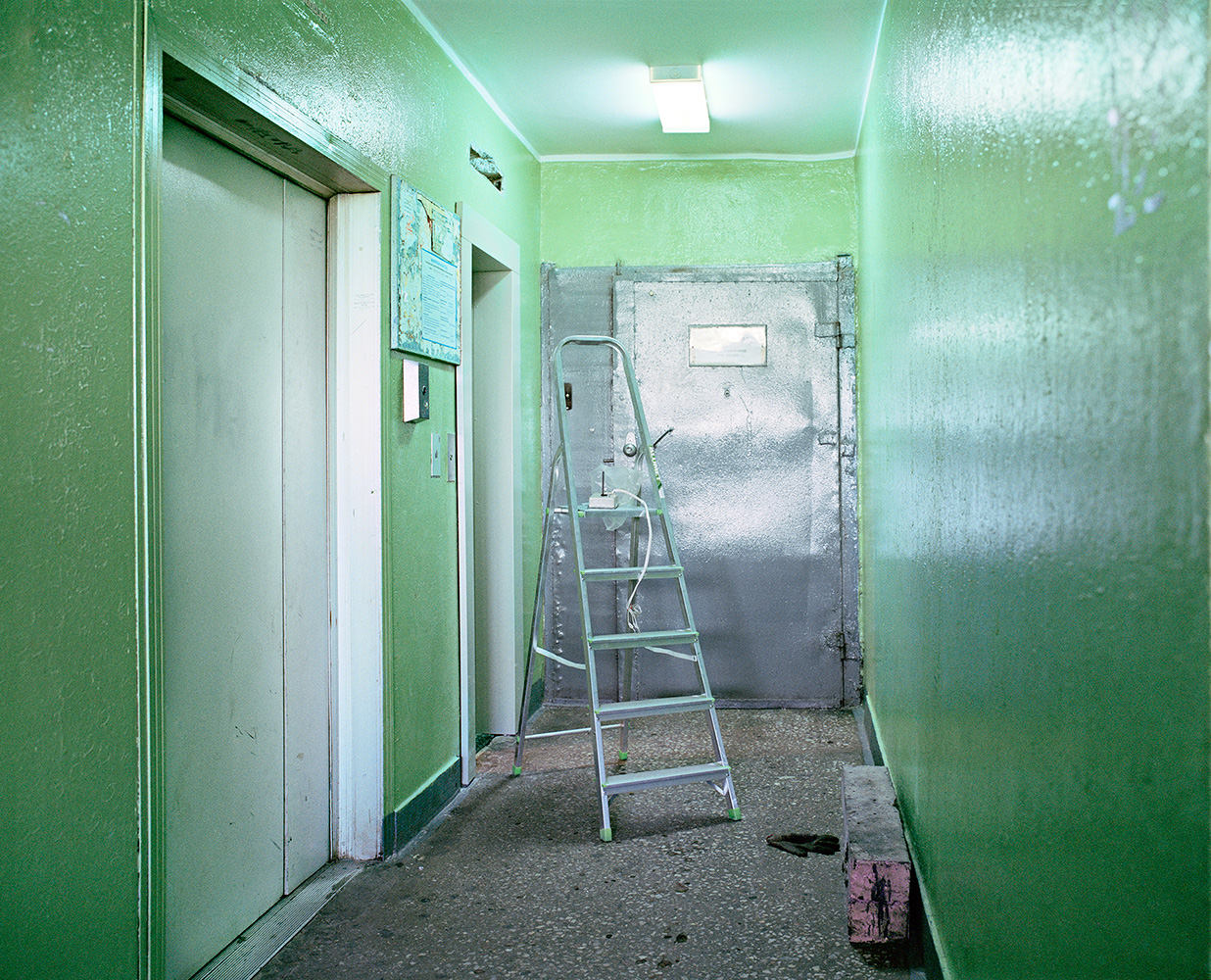
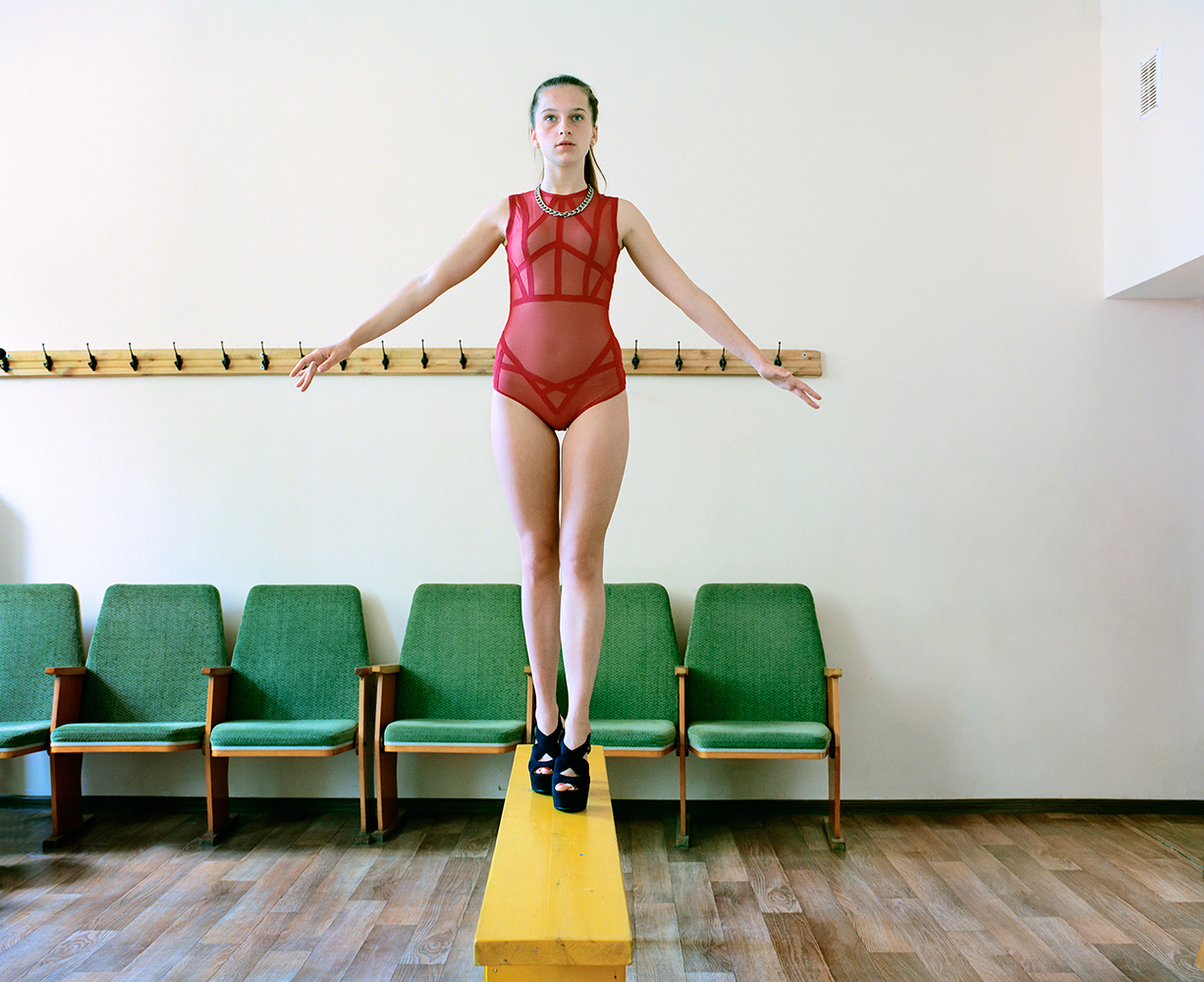


It took me years and an incredible amount of legwork to refine and articulate what I wanted to say. Rather than thinking about my subjects as artist’s models, I thought of them as protagonists, and what they were doing as a kind of conscious and subconscious performance.
I was as equally compelled by the worlds that surrounded my subjects as by their fashion, and general relationship to materiality, which I saw as replacement of disowned ideology. I thought of the post-Soviet generation as orphaned, adrift in an indeterminate present. The photographs meditate on the relationship between illusion and truth, aspiration and frustration, decadence and banality as their subjects seek to self-define and come of age.
As someone who teaches photography, of course I believe in the importance of knowing both the history of the medium you are working in, as well as what is being produced now. Every time I show Joel Sternfeld’s American Prospects or Paul Graham’s Shimmer of Possibility to a group of students that have never seen that work, I fall in love all over again and feel just as moved and inspired. I am currently in awe of Martin Kollar (I just bought his new book Provisional Arrangement, but the list would be too long if I were to start listing all my photography crushes.
In photographs, my own and those of others, I look for complexity that exists on a formal and conceptual level. I want tension and incongruity, elements pushing up against each other, a kind of dissonance or even discomfort. I confess to having an allergy to what is “easy-on-the-eyes” or simply beautiful. I grew up with a reproduction of the German expressionist Karl Hofer’s Grosser Karneval above my crib – it might all loop back to that.

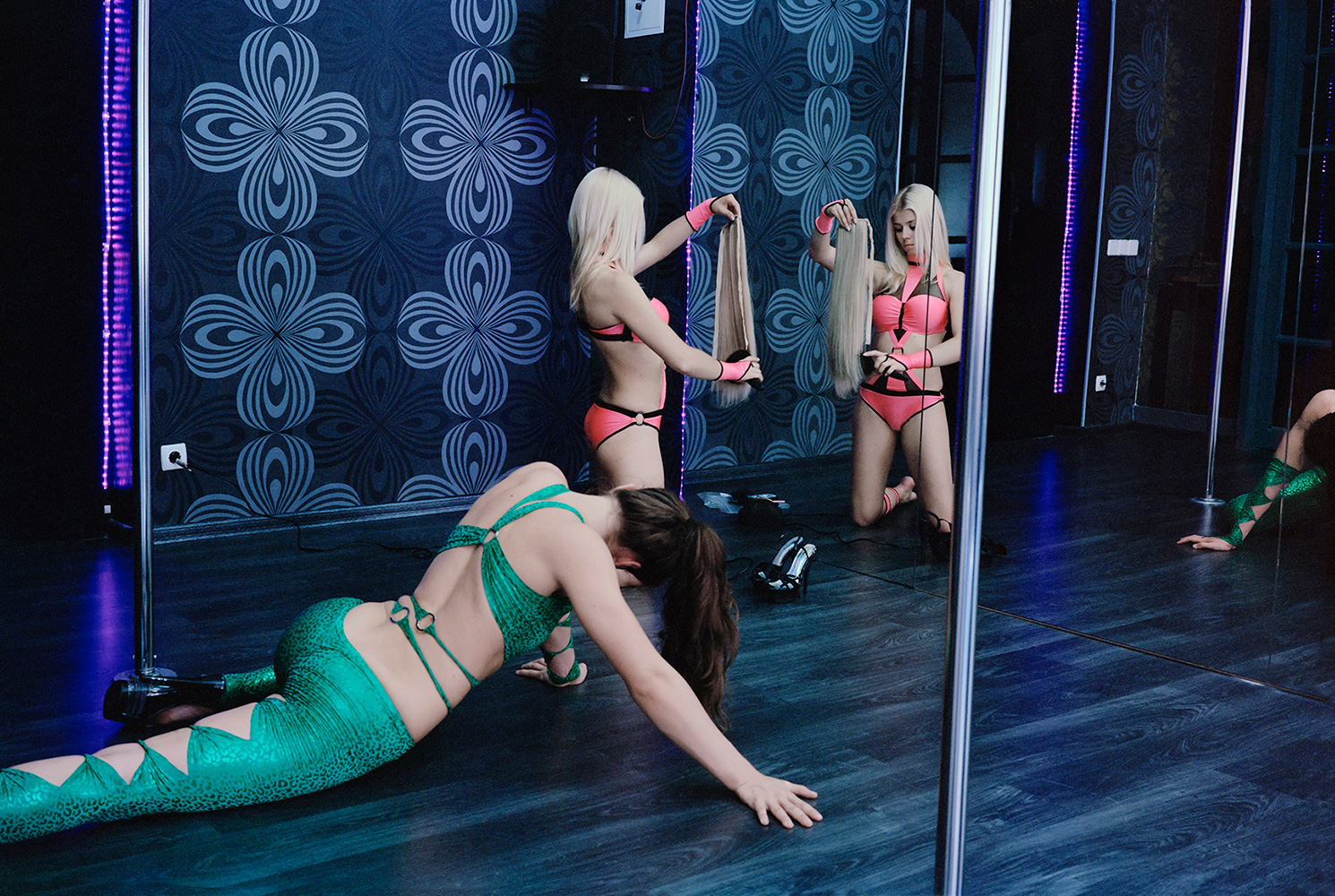
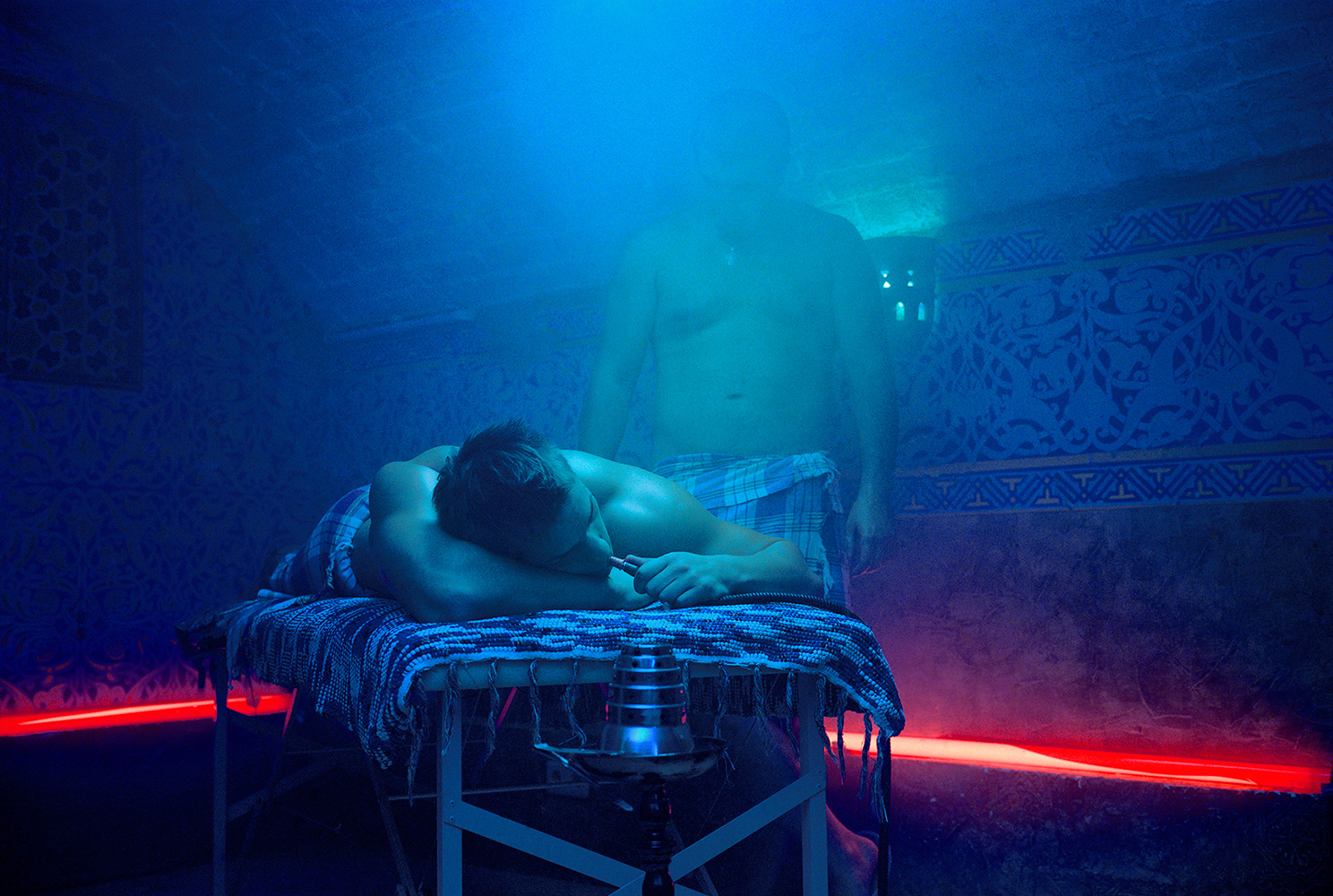


Text and image: Sasha Rudensky
Interview: Liza Premiyak
This interview was originally published by The Calvert Journal.
Others project materials

New and best




















